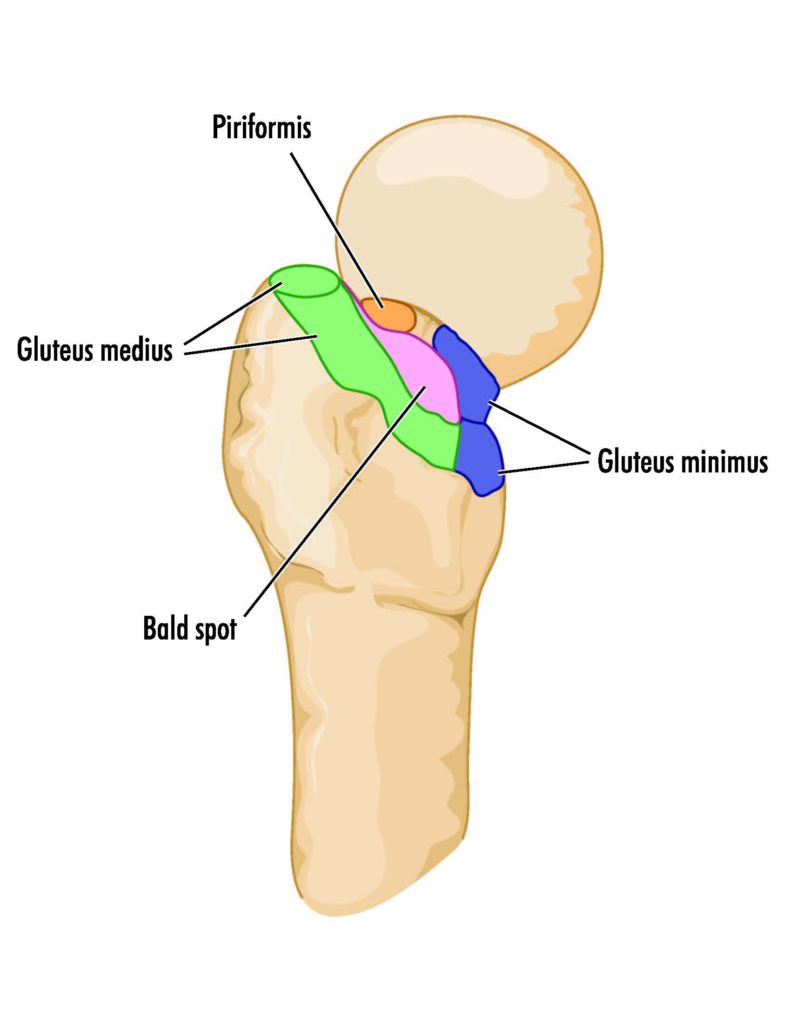Platelet Rich Plasma for Gluteal Tendinopathy is an innovative approach now being used with successful results. Gluteal Tendinopathy is a painful condition affecting the outer portion of the hip. The buttock muscles (gluteus minimus, gluteus maximus, gluteus medius) help to support the pelvis during activities such as walking, stairs and getting up from a chair. These gluteal muscles attach around the outer “hip” region and can develop irritation and tears at the attachment. This is typically manifested in focal pain with pressure, walking, stairs and lying on the affected side. The pain can become chronic and very debilitating. https://charmaustin.com/where-is-your-pain/#hippain

Traditionally, this condition has been treated with rest, physical therapy and anti-inflammatory medications such as steroid injections. While these treatments do not fix the structural issue, they can be good tools for addressing the pain and changing the dysfunctional movement patterns that may be contributing to the issue. More recently, incorporation of PRP or Platelet Rich Plasma for gluteal tendinopathy has been used to focally supply growth factors and proteins in hopes of safely promoting the body’s inherent healing capacity. We have found the combination of PRP and physical therapy to have great efficacy for tissue healing and pain relief in cases of chronic gluteal tendinopathy. https://charmaustin.com/relieve-pain-and-repair-injury/platelet-rich-plasma-prp/ https://charmaustin.com/restore-function-and-return-to-living/
Below is an abstract in a recent issue of American Journal of Sports Medicine for a Level I study using Platelet Rich Plasma for gluteal tendinopathy treatment compared to a control group who had injection of a corticosteroid. In this randomized control trial, “patients with chronic gluteal tendinopathy >4 months, diagnosed with both clinical and radiological examinations, achieved greater clinical improvement at 12 weeks when treated with a single PRP injection than those treated with a single corticosteroid injection.” These results further support our anecdotal successes we have seen in our clinic when treating.
The providers at CHARM are able to implement this treatment utilizing image-guidance with very high-quality PRP produced by our in-house laboratory. If anyone is interested in discussing this treatment, please feel free to contact the physicians at CHARM.
The Effectiveness of Platelet-Rich Plasma for Gluteal Tendinopathy:
Abstract
Background:
Gluteus medius/minimus tendinopathy is a common cause of lateral hip pain or greater trochanteric pain syndrome.

Hypothesis of Platelet Rich Plasma for Gluteal Tendinopathy vs Corticosteroid:
There would be no difference in the modified Harris Hip Score (mHHS) between a single platelet-rich plasma (PRP) injection compared with a corticosteroid injection in the treatment of gluteal tendinopathy.
Study Design:
Randomized controlled trial; Level of evidence, 1.
Methods:
There were 228 consecutive patients referred with gluteal tendinopathy who were screened to enroll 80 participants; 148 were excluded (refusal: n = 42; previous surgery or sciatica: n = 50; osteoarthritis, n = 17; full-thickness tendon tear, n = 17; other: n = 22). Participants were randomized (1:1) to receive either a blinded glucocorticoid or PRP injection intratendinously under ultrasound guidance. A pain and functional assessment was performed using the mHHS questionnaire at 0, 2, 6, and 12 weeks and the patient acceptable symptom state (PASS) and minimal clinically important difference (MCID) at 12 weeks.
Results of Platelet Rich Plasma for Gluteal Tendinopathy vs Corticosteroid:
Participants had a mean age of 60 years, a ratio of female to male of 9:1, and mean duration of symptoms of >14 months. Pain and function measured by the mean mHHS showed no difference at 2 weeks (corticosteroid: 66.95 ± 15.14 vs PRP: 65.23 ± 11.60) or 6 weeks (corticosteroid: 69.51 ± 14.78 vs PRP: 68.79 ± 13.33). The mean mHHS was significantly improved at 12 weeks in the PRP group (74.05 ± 13.92) compared with the corticosteroid group (67.13 ± 16.04) (P = .048). The proportion of participants who achieved an outcome score of ≥74 at 12 weeks was 17 of 37 (45.9%) in the corticosteroid group and 25 of 39 (64.1%) in the PRP group. The proportion of participants who achieved the MCID of more than 8 points at 12 weeks was 21 of 37 (56.7%) in the corticosteroid group and 32 of 39 (82%) in the PRP group (P = .016).
Conclusion:
Patients with chronic gluteal tendinopathy >4 months, diagnosed with both clinical and radiological examinations, achieved greater clinical improvement at 12 weeks when treated with a single PRP injection than those treated with a single corticosteroid injection.
Reference:
Fitzpatrick, J., Bulsara, M. K., O’Donnell, J., McCrory, P. R., & Zheng, M. H. (2018). The Effectiveness of Platelet-Rich Plasma Injections in Gluteal Tendinopathy: A Randomized, Double-Blind Controlled Trial Comparing a Single Platelet-Rich Plasma Injection With a Single Corticosteroid Injection. The American Journal of Sports Medicine, 46(4), 933–939. https://doi.org/10.1177/0363546517745525
Benjamin Rawson, D.O.



